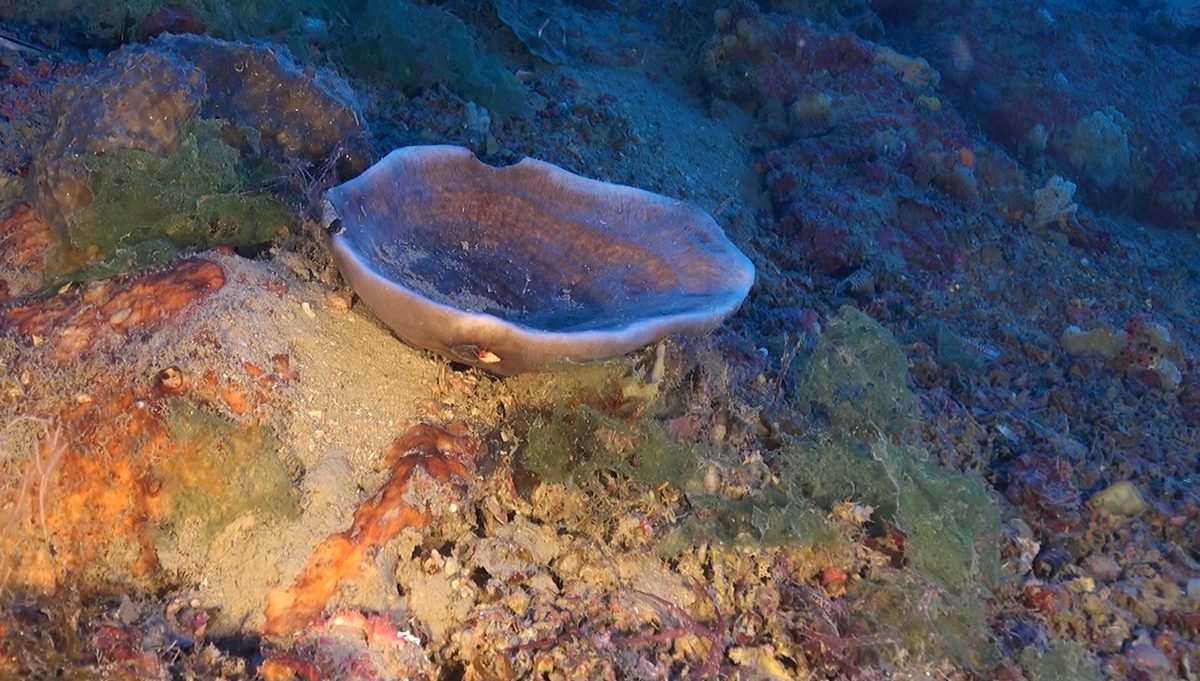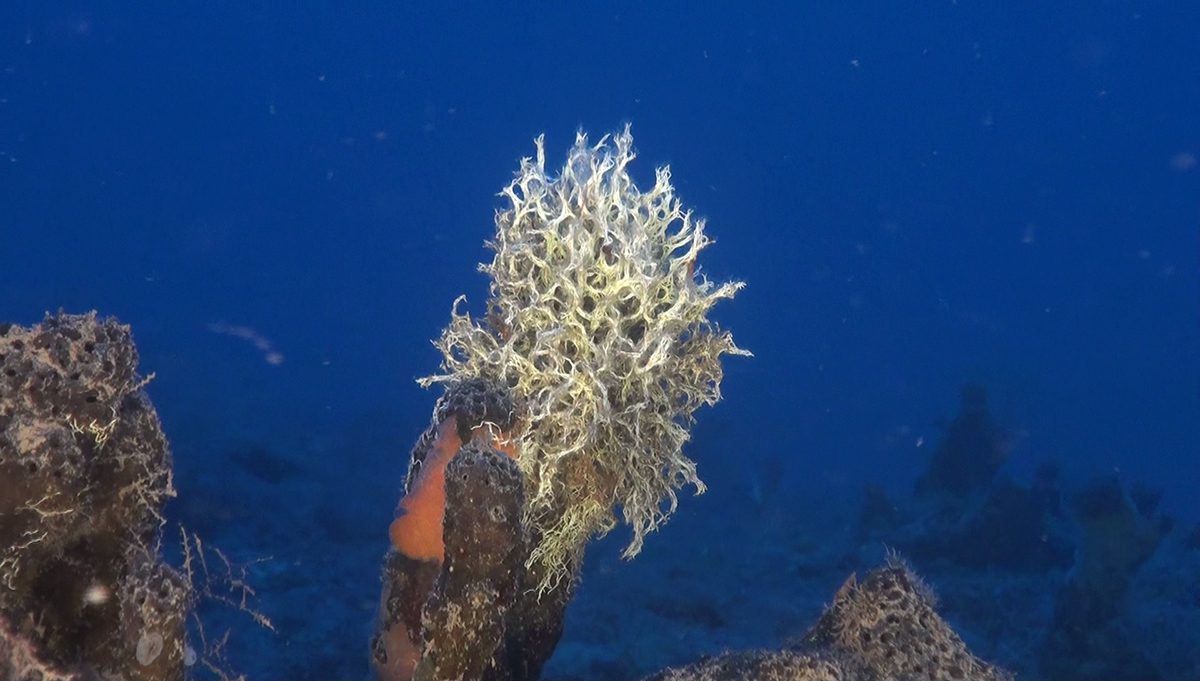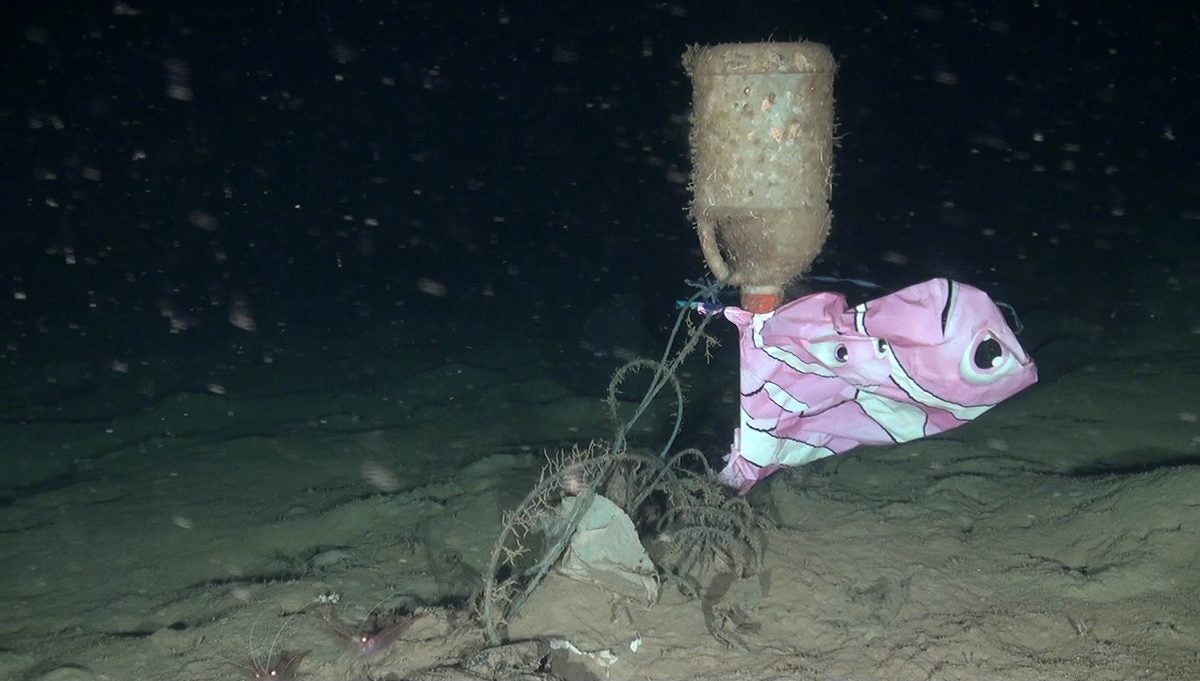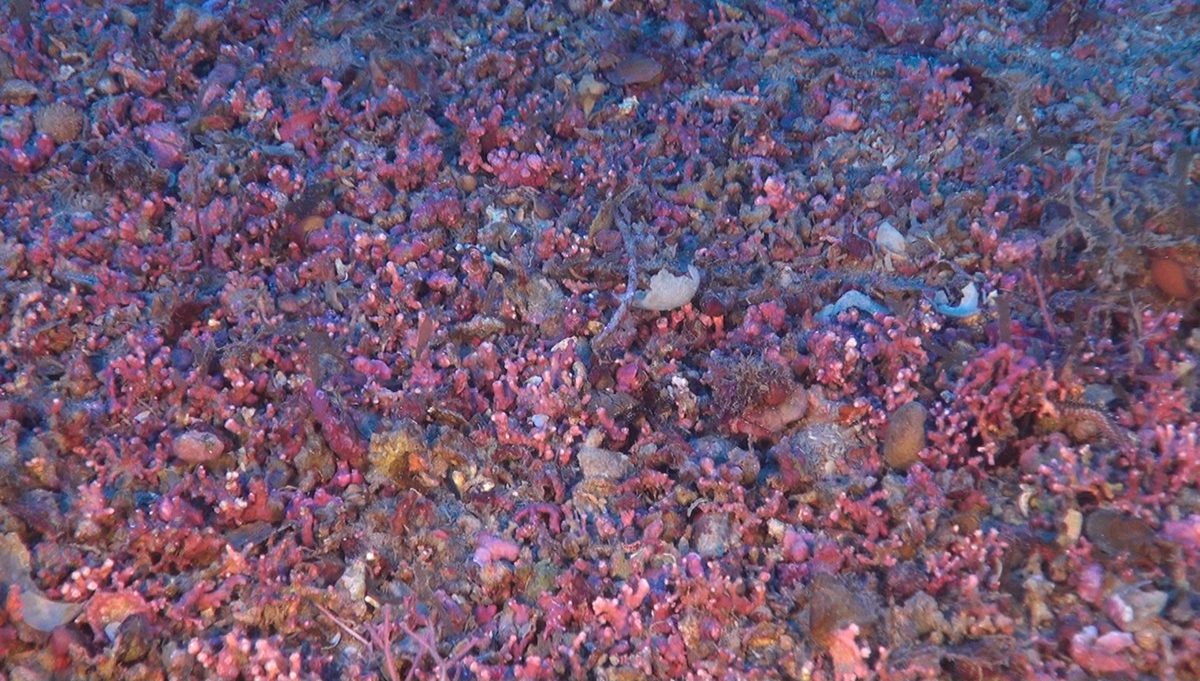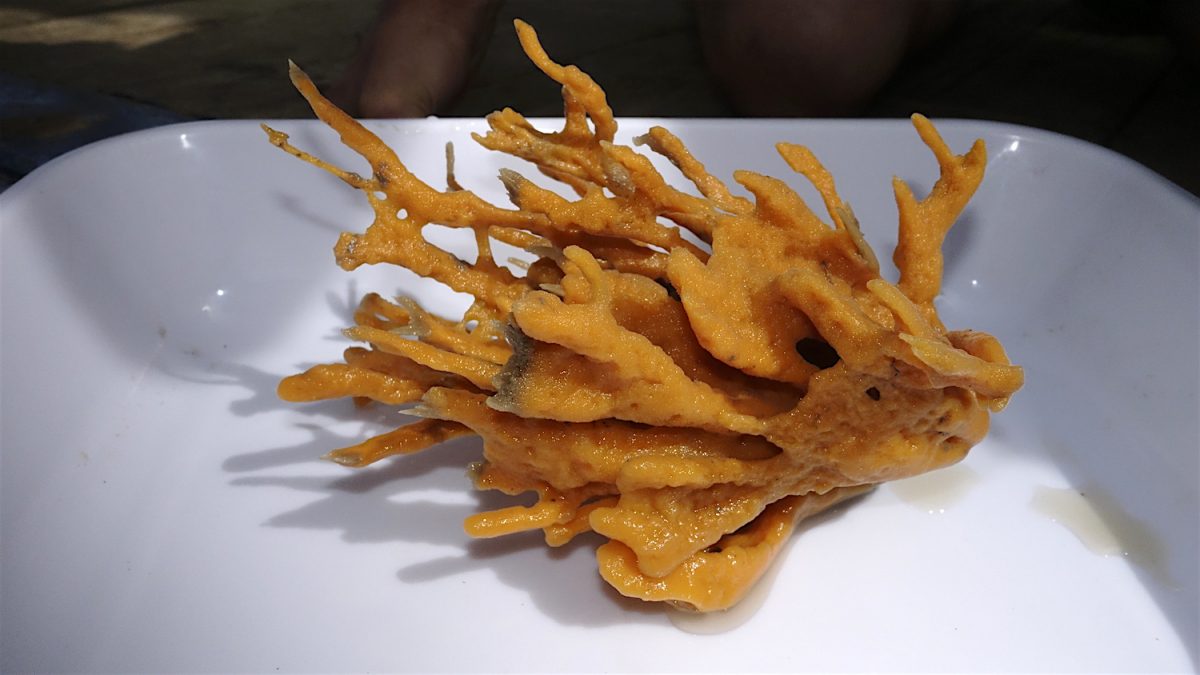October 12, 2016
The muddy seabed
Today we reach the halfway point of the campaign and with a little analysis of what we have been documenting on a daily basis it is easy to see that from a depth of 200 metres the seabeds are mainly composed of mud.
Dozens of submarine canyons descend in parallel to the 225 km of the Lebanese coastline.
Few benthic creatures adapt to living on these muddy slopes, with gradients that may even exceed 45 degrees.
Despite the difficulty of adapting to this dark habitat and the tremendous pressure, the biological censuses that we are conducting bring to light many species. The ROV cameras continuously film fish with almost unpronounceable scientific names, such as Coelorinchus, Helicolenus and Peristedion. No less rare are the Plesionika shrimps and the sea urchin from the genus Cidaris.
However, it is in the mud itself where, after extracting a tiny portion by means of the dredge, further analysis reveals a host of tiny organisms: gastropods, bryozoans and echinoderms. One of my favourite animals dwelling in these waters is a small sea cucumber from the Elpidiidae family which performs an acrobatic dance to move from one place to another. Perhaps this is not one of the most prolific marine ecosystems, but it is certainly worthy of study and protection.

